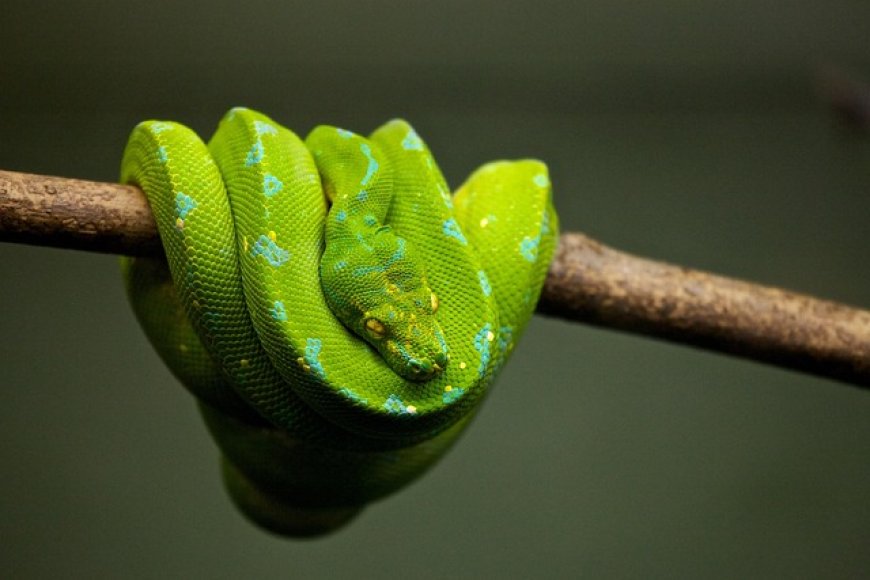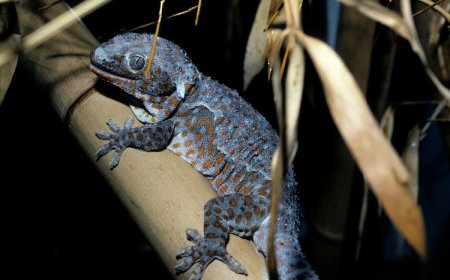Reptiles

Reptiles: Cold-Blooded Creatures of the Land, Water, and Sky
Reptiles are fascinating animals that have been living on Earth for over 300 million years. They come in many shapes and sizes, from slithering snakes and sturdy turtles to powerful crocodiles and colorful lizards. Reptiles are found on every continent except Antarctica and play important roles in ecosystems around the world. In this article, you’ll learn about the unique characteristics of reptiles, their habitats, how they survive, and why they matter.
What Are Reptiles?
Reptiles are cold-blooded vertebrates, which means they have a backbone and depend on outside temperatures to control their body heat. This is different from warm-blooded animals, like mammals and birds, which can keep their body temperature steady. Because they are cold-blooded, reptiles often bask in the sun to warm up and hide in the shade or burrow to cool down.
All reptiles share a few key features:
- Scaly skin – Their skin is covered in tough, dry scales that protect them and keep moisture in.
- Lungs for breathing – Even if they live in water, reptiles breathe air using lungs.
- Lay eggs (usually) – Most reptiles lay eggs, though some give birth to live young.
- Internal fertilization – Reptiles reproduce by mating inside the body before laying eggs.
Types of Reptiles
There are four main groups of reptiles:
1. Lizards
Lizards are the largest group of reptiles, with more than 6,000 species. They usually have:
- Four legs
- A long tail
- Movable eyelids
- External ears
- Examples include geckos, iguanas, chameleons, and Komodo dragons. Some lizards, like the basilisk, can run across water!
2. Snakes
Snakes are legless reptiles with long, flexible bodies. They have:
- No eyelids (they use a clear scale to protect their eyes)
- No external ears (they "hear" vibrations through their bones)
- Special jaws that can open very wide to swallow large prey
- Some snakes are venomous, like cobras and rattlesnakes, while others, like boas and pythons, kill by squeezing.
3. Turtles and Tortoises
Turtles and tortoises have protective shells made of bone and covered with scutes (a type of scale). The difference between them:
- Turtles live in or around water and have webbed feet or flippers.
- Tortoises live on land and have round, stumpy legs for walking.
- Turtles can live for many decades—some even over 100 years!
4. Crocodilians
This group includes crocodiles, alligators, caimans, and gharials. These powerful reptiles:
- Live in freshwater or coastal areas
- Have strong jaws and sharp teeth
- Are excellent swimmers
- Care for their young after they hatch—unusual for reptiles
Crocodilians are the closest living relatives to birds!
Reptile Body Systems
Reptiles have several special adaptations that help them survive in different environments:
Skin and Scales
Their scales are made of keratin—the same protein found in human fingernails. Scales help protect against injury, sun, and water loss. Most reptiles shed their skin as they grow, sometimes in pieces (like lizards) or all at once (like snakes).
Senses
Reptiles use their senses in unique ways:
- Tongues – Snakes and some lizards flick their tongues to "smell" the air and gather scent particles.
- Eyes – Some reptiles, like chameleons, can move their eyes in different directions.
- Heat sensors – Some snakes have pits near their nose that detect heat from warm-blooded prey.
Movement
Reptiles crawl, slither, climb, or swim. Some geckos have special toe pads that let them stick to walls, while sea turtles glide through the ocean with their flippers.
Reptile Life Cycle
Most reptiles lay amniotic eggs, which have a leathery or hard shell to protect the growing baby inside. The eggs contain everything the baby reptile needs to grow, including water and nutrients. After hatching, most reptiles are on their own. Unlike birds and mammals, reptiles do not usually care for their young, though crocodilians are a big exception.
Some snakes and lizards give birth to live young, especially in colder climates where eggs wouldn’t survive well.
Where Reptiles Live
Reptiles live in a wide range of habitats:
- Deserts – Lizards and snakes thrive in hot, dry places.
- Forests and jungles – Reptiles like chameleons and boas hide among the trees.
- Wetlands – Crocodilians and turtles live near rivers, lakes, and swamps.
- Oceans – Sea turtles travel across entire oceans to lay eggs on sandy beaches.
- Most reptiles like warm climates, which is why they are less common in colder regions.
What Reptiles Eat
Reptiles can be:
- Carnivores (meat eaters): Most snakes, crocodilians, and some lizards hunt insects, birds, fish, or small mammals.
- Herbivores (plant eaters): Some turtles and iguanas eat leaves, fruits, and flowers.
- Omnivores (eat both): Many lizards eat both bugs and plants.
- Reptiles often have sharp teeth or strong jaws to help them catch and eat their food. They swallow most food whole or in big chunks.
Reptiles and Ecosystems
Reptiles are important in many ecosystems. Here’s how:
- Predators and Prey
- Reptiles help control populations of pests like insects and rodents. At the same time, they are food for birds, mammals, and even other reptiles.
- Seed Spreaders
- Some herbivorous reptiles help spread plant seeds through their droppings, helping plants grow in new places.
- Indicators of Ecosystem Health
- Because reptiles are sensitive to pollution and habitat changes, scientists study them to learn how healthy an environment is.
Reptiles and People
People have long been fascinated by reptiles. In some cultures, they are seen as symbols of wisdom, strength, or danger.
Helpful Reptiles
- Snakes eat rodents, which helps farmers.
- Turtles are important for coastal habitats.
- Lizard venom has been used in medicine (for example, to help people with diabetes).
Reptiles in Danger
- Sadly, many reptiles are endangered. Threats include:
- Habitat loss from farming, cities, and roads
- Pollution of water and land
- Climate change, which affects nesting and food
- Poaching and illegal trade for pets, meat, or shells
- Conservation efforts, such as protected areas and breeding programs, help save these creatures.
How to Help Reptiles
Here’s what you can do to protect reptiles:
- Don’t disturb wild reptiles – Look, don’t touch!
- Keep the environment clean – Reptiles need healthy land and water.
- Support conservation groups – They protect habitats and study reptile behavior.
- Be a responsible pet owner – Don’t buy reptiles from illegal wildlife trade.
Fun Reptile Facts
- Some lizards can regrow their tails if they lose them to escape predators.
- The leatherback sea turtle can dive over 3,000 feet deep!
- Snakes smell with their tongues using a special organ called the Jacobson’s organ.
- Crocodiles can live over 70 years and grow longer than a car.
- Chameleons can move their eyes in two directions at once.
- The tuatara, a reptile from New Zealand, is the only survivor of an ancient group of reptiles.
- A Komodo dragon's bite is venomous and can kill prey slowly.
- Tortoises are the longest-living land animals, with some reaching over 180 years old.
- Some snakes can go months without eating after a large meal.
- Geckos can climb smooth walls and even walk on ceilings thanks to tiny hairs on their feet.



















































